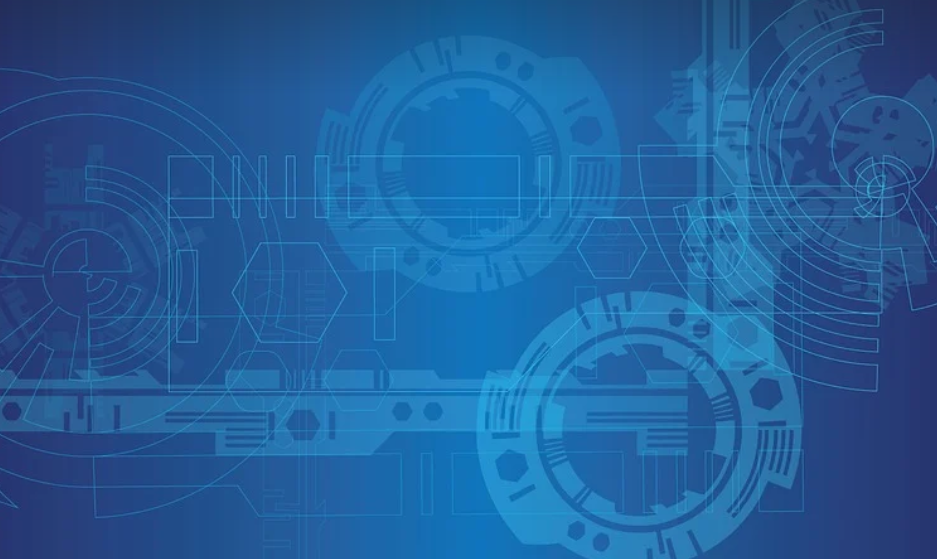
The Promise of the Stars, A Reality Check
The year is 2024, and the space industry is buzzing with activity. From ambitious private companies to international collaborations, we’re on the cusp of a new era—an era where space exploration isn’t just about scientific discovery; it’s about resource extraction. Space mining, once a futuristic fantasy, is now being seriously considered as a viable solution for our planet’s ever-growing needs.
Imagine this: Earth, facing the looming crisis of dwindling resources and growing environmental concerns. The answer may not be hidden in some forgotten corner of our planet, but across the vast expanse of space. Space mining offers the potential to unlock a treasure trove of resources, transforming our future and enabling us to reach for the stars. But before we can celebrate this exciting prospect, we need to address the challenges that lie ahead.
One of the biggest hurdles in space mining is the sheer scale of the undertaking. The cosmos presents us with an unfathomable landscape—a tapestry woven from asteroids, moons, and planets. These celestial bodies hold vast reserves of minerals, metals, and resources, but navigating them is a daunting task. We’re talking about venturing into unknown territories, overcoming gravitational forces that can challenge our spacecraft, and facing the unpredictable conditions found in space.
The technology required for successful space mining is rapidly evolving but still faces significant technical hurdles. Autonomous robotic systems, capable of exploring and extracting resources on their own, are crucial for efficient space exploration. Developing propulsion systems that can efficiently maneuver through space and propel spacecraft to distant planets and asteroids requires further breakthroughs in engineering and advanced materials science.
The financial aspect is another major hurdle. Space mining is expensive. We’re talking about the development of specialized technologies, construction of reusable rockets and spacecraft, and significant investment in research and development. The cost can be astronomical, a challenge that necessitates international collaboration, government funding, and innovative financing models.
Another critical aspect of space mining is managing its impact on space itself. We need to ensure that our extraction activities don’t disturb the delicate balance of the cosmos. This means developing sustainable practices and exploring new approaches to resource utilization. The exploration of the Moon, Mars, and asteroids needs to be guided by principles of environmental responsibility. It’s about preserving the integrity of these celestial bodies for future generations.
But despite these challenges, space mining holds immense potential for a brighter future. Imagine a world where we are no longer bound by the limitations of our own planet. We can expand our horizons and explore new frontiers. Space mining could provide us with a sustainable source of resources, contributing to a more resilient and self-sufficient society.
Space exploration isn’t just about finding new worlds; it’s about unlocking their potential. As we gaze at the dazzling tapestry of stars, we realize that our dreams are closer than ever before. The challenges are immense but so is the promise of a future where humanity embraces its destiny among the stars.
The year 2024 marks a pivotal moment for space mining and exploration. We’re at the edge of an unprecedented technological revolution, one that promises to transform our relationship with space and reshape our understanding of human potential. This is a time for bold visions, innovative ideas, and collaborative efforts. And as we venture into this uncharted territory, let us remember that the stars are not just distant points of light; they are beckoning calls for exploration, discovery, and ultimately, hope.



